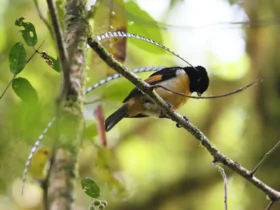The Red-breasted Merganser (Mergus serrator) is one of the fastest flying bird species in the world. It is a captivating waterbird that captures the imagination with its stunning appearance and remarkable diving abilities. With its vibrant red breast, long serrated bill, and graceful swimming skills, this bird truly exemplifies the marvels of nature.
Red-Breasted Merganser images
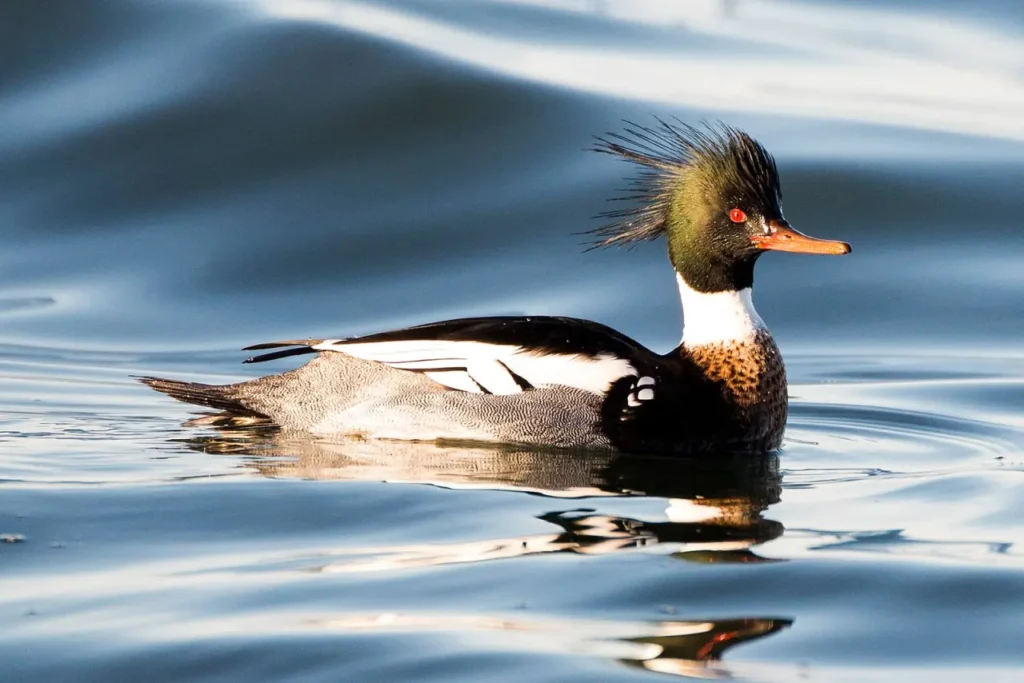

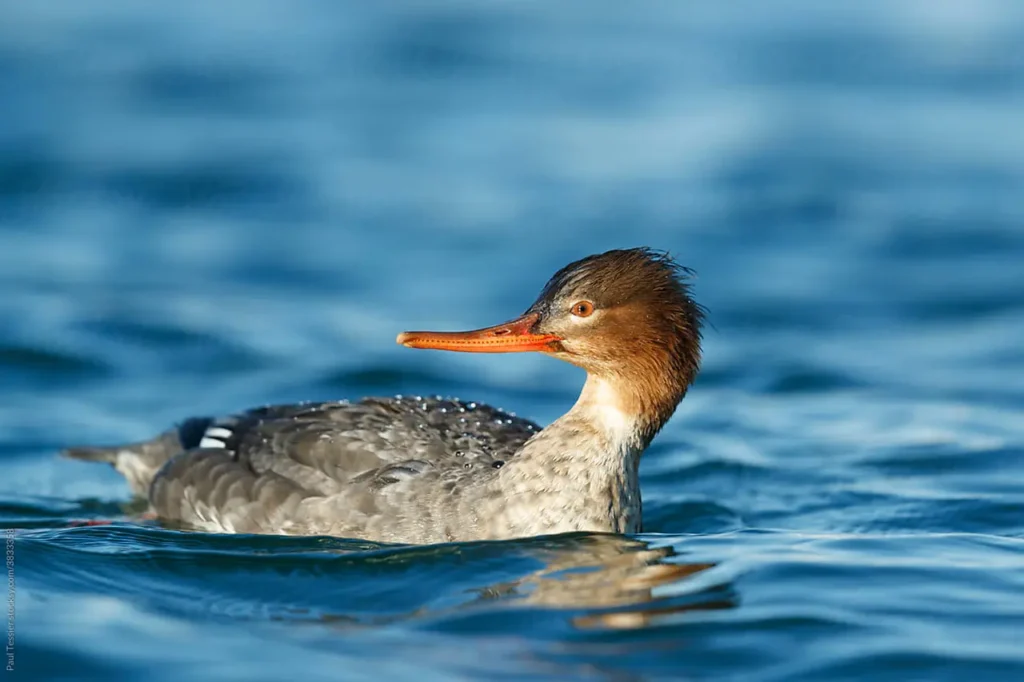
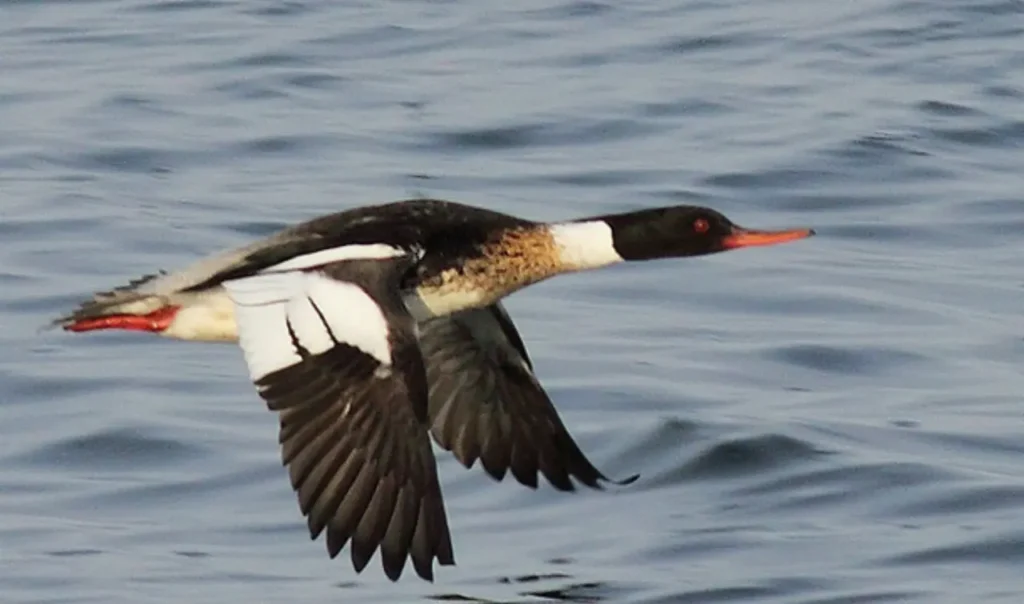
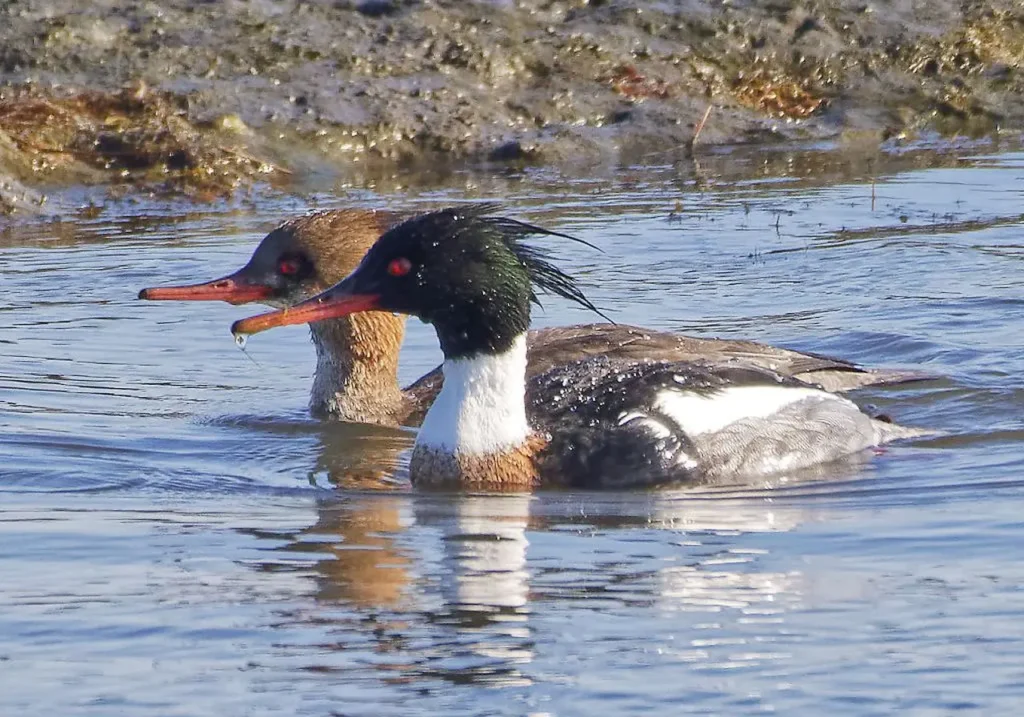

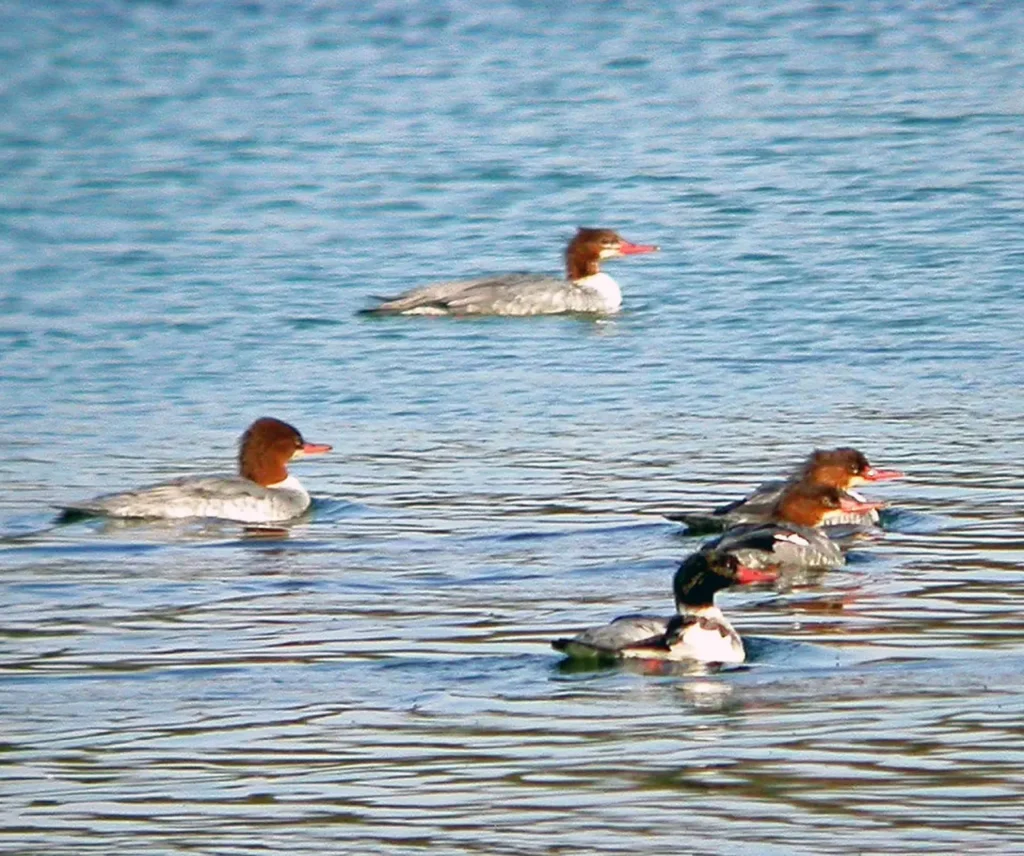
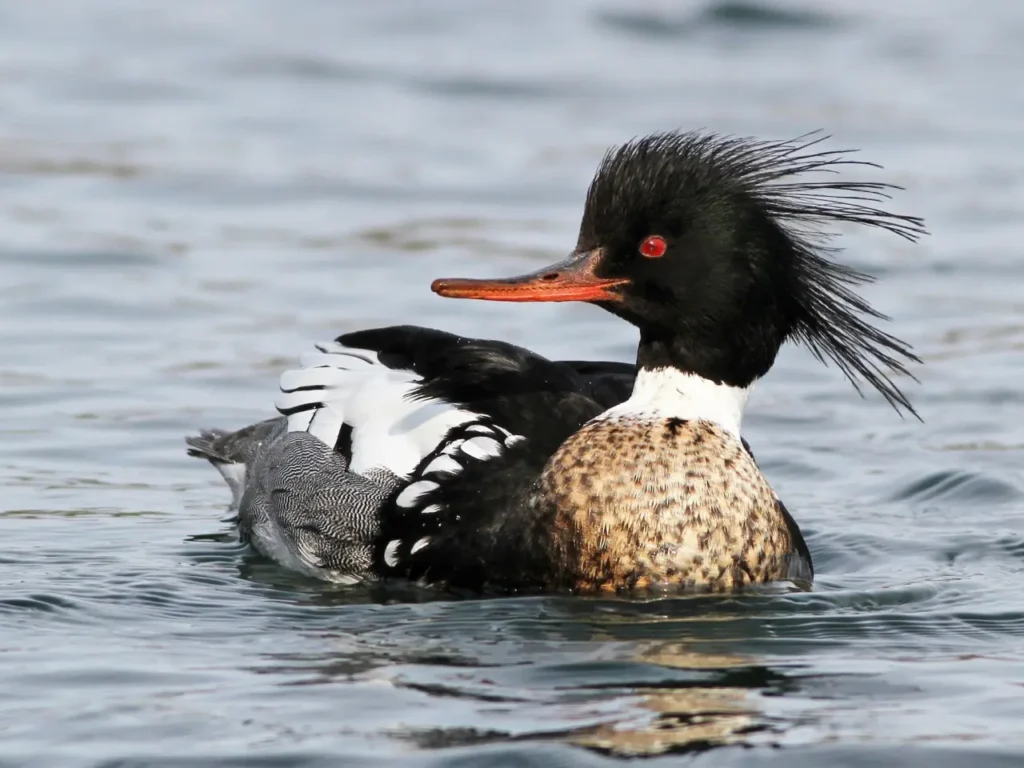
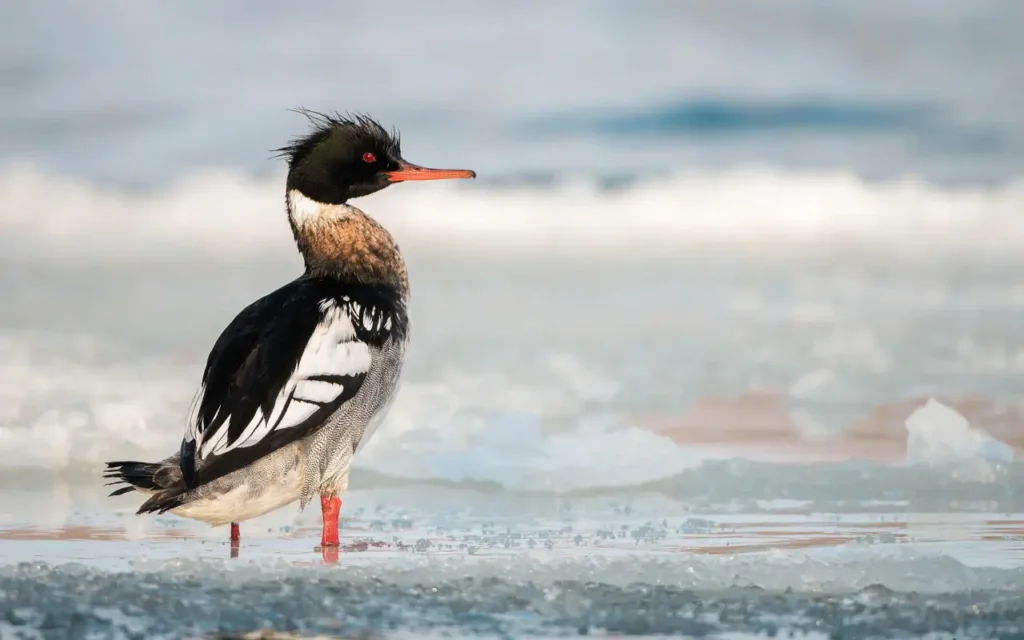
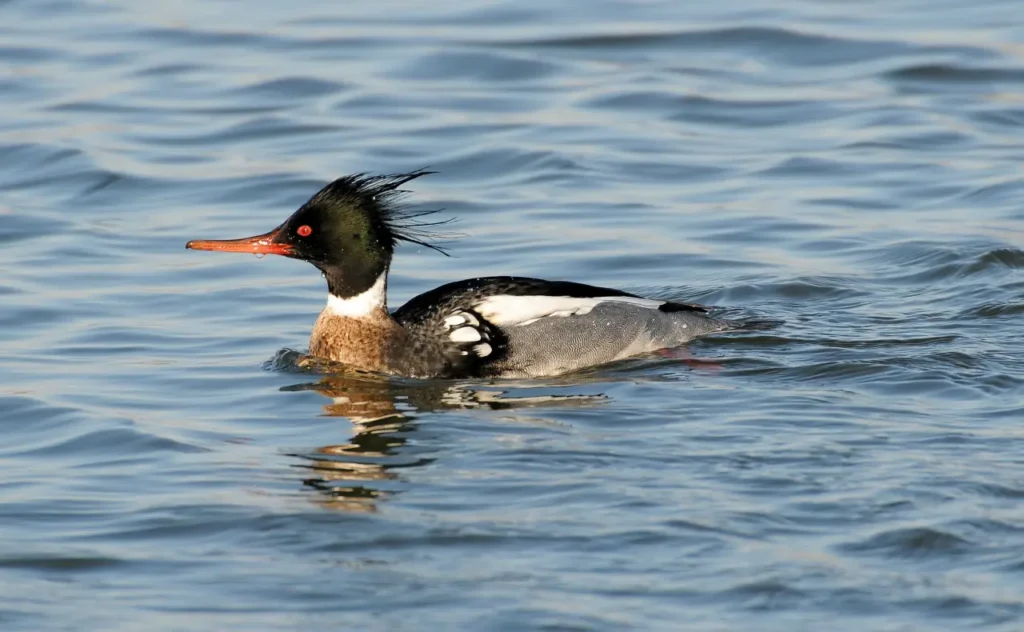
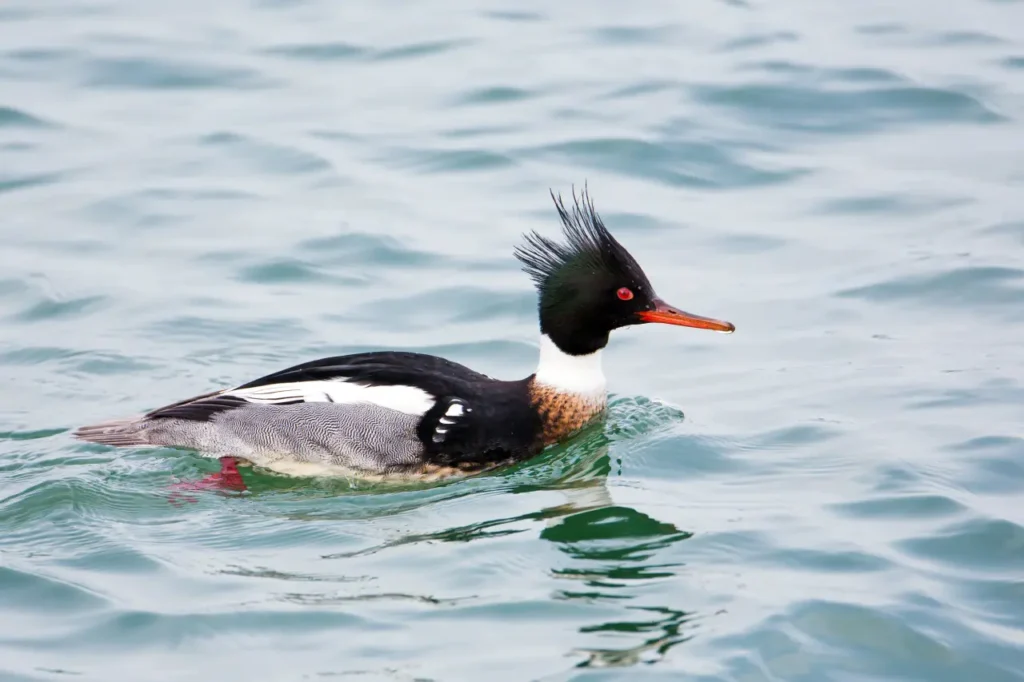
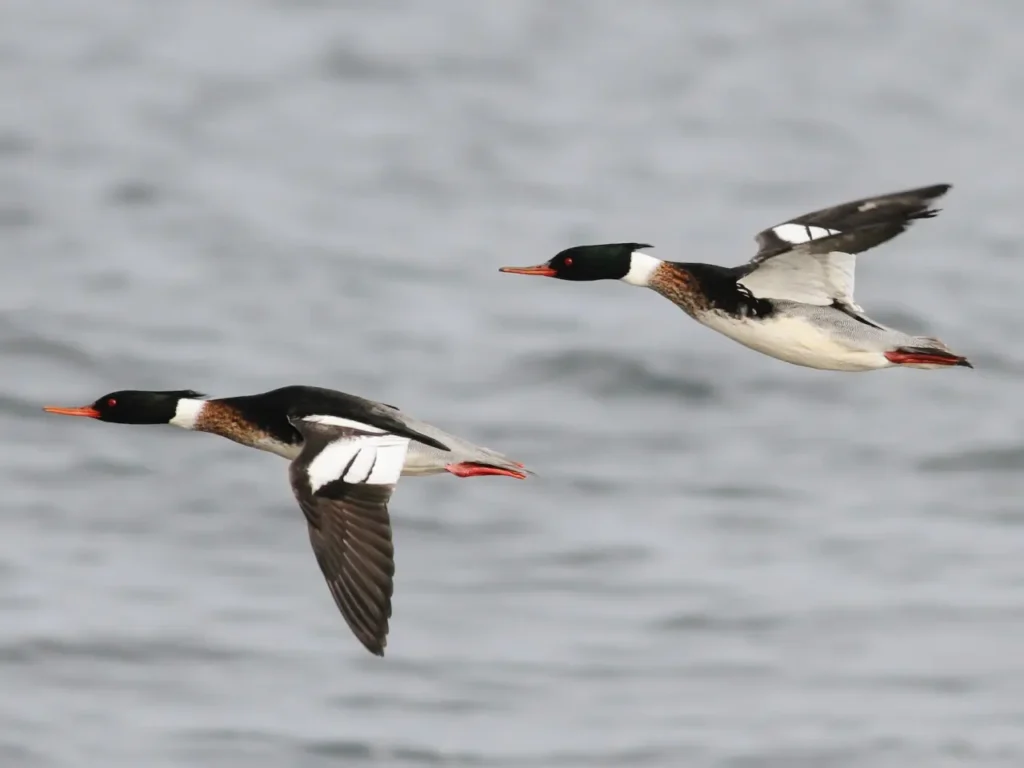
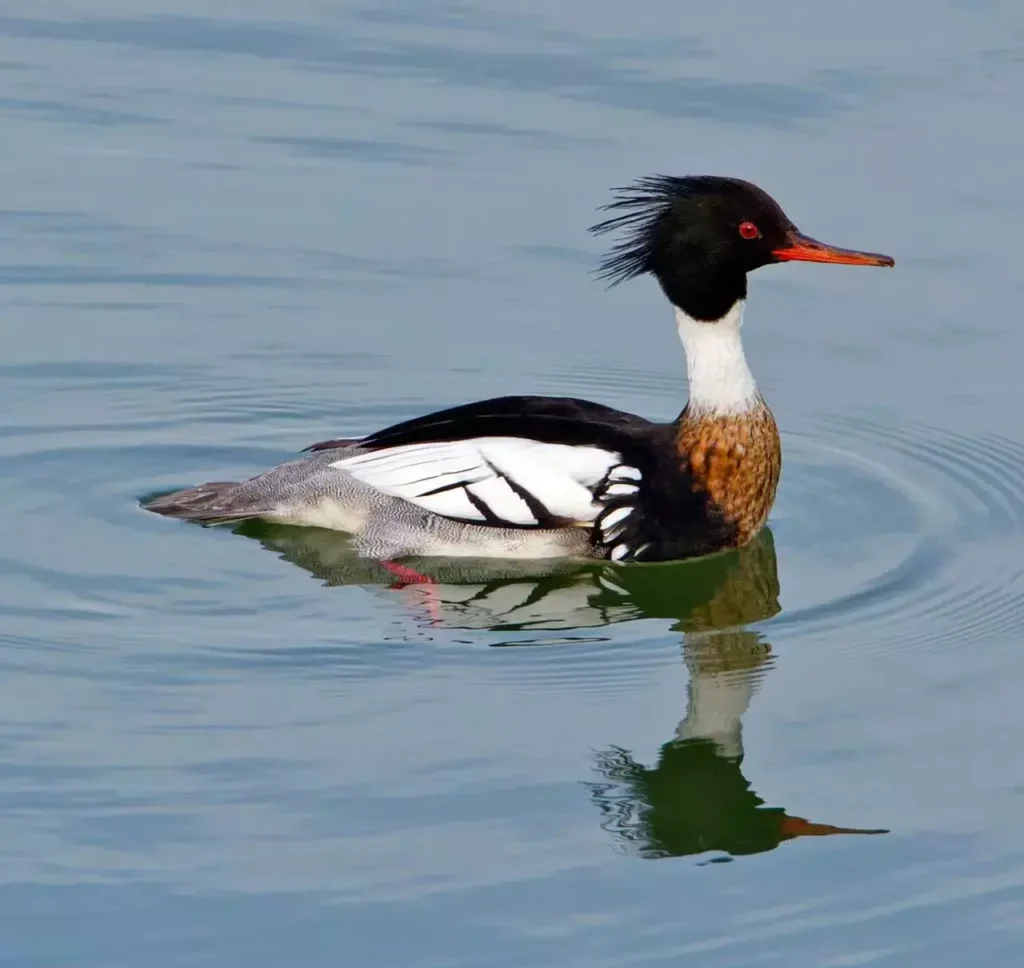
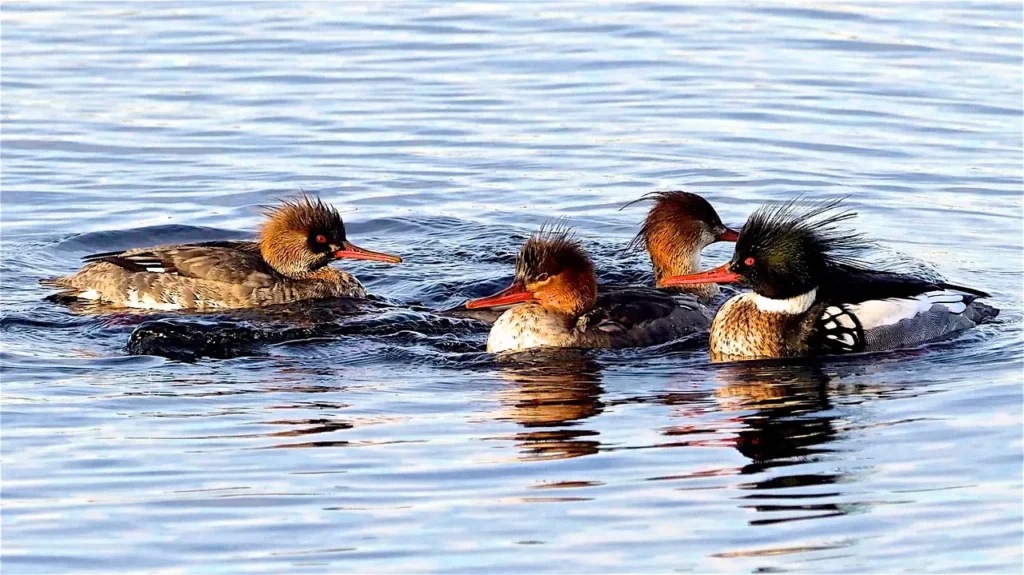
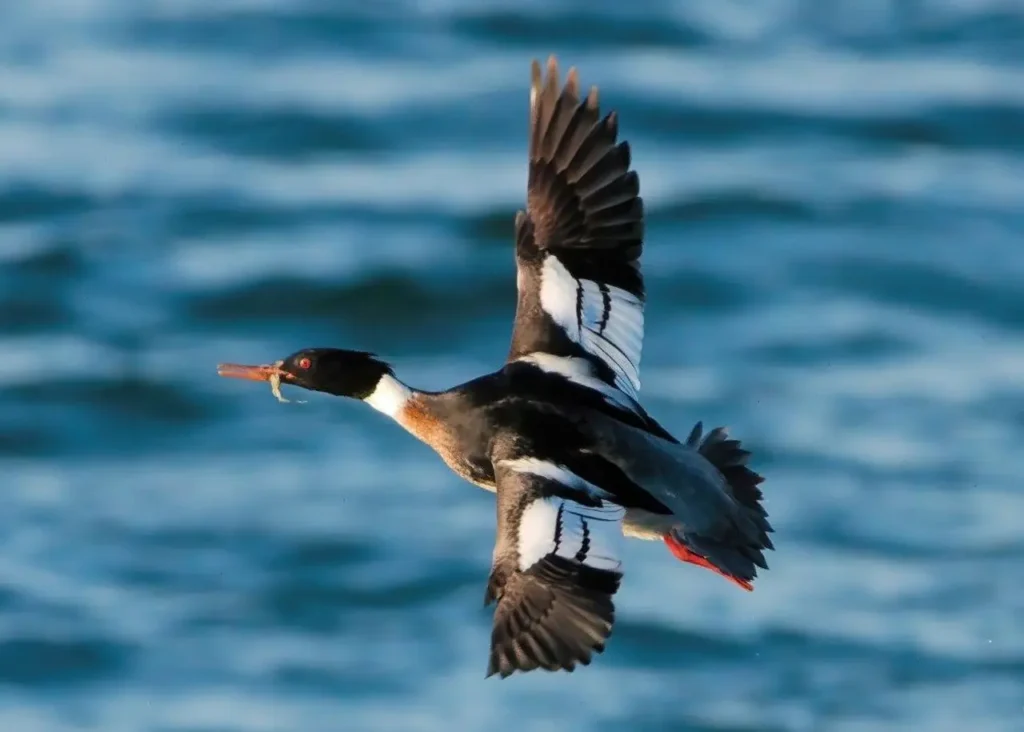
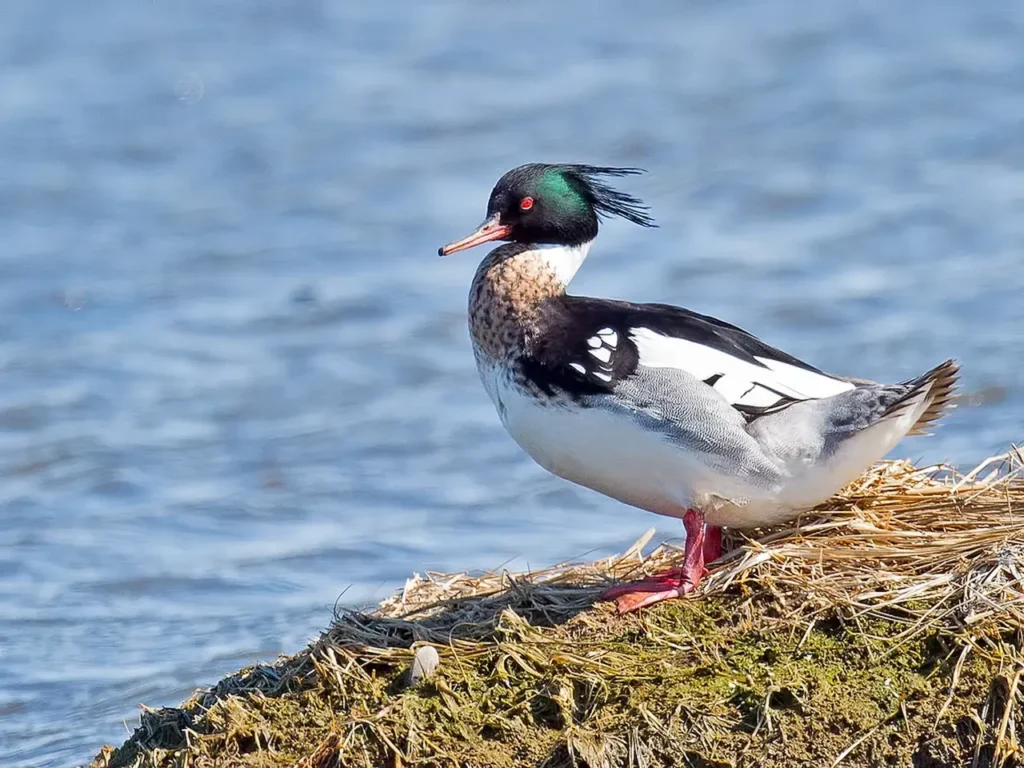
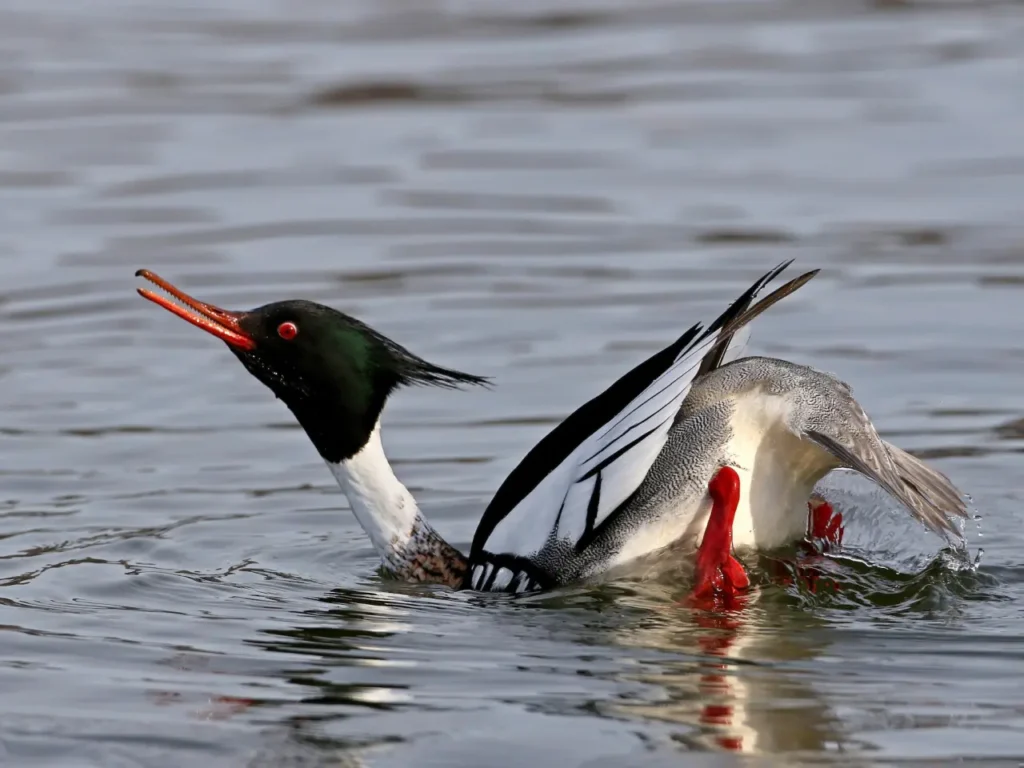

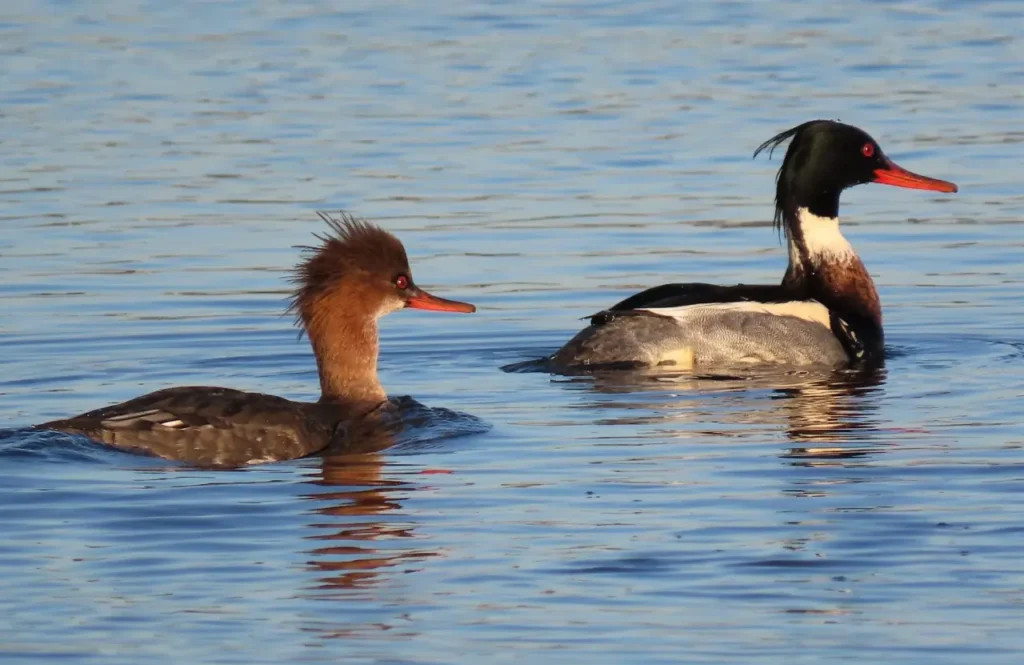
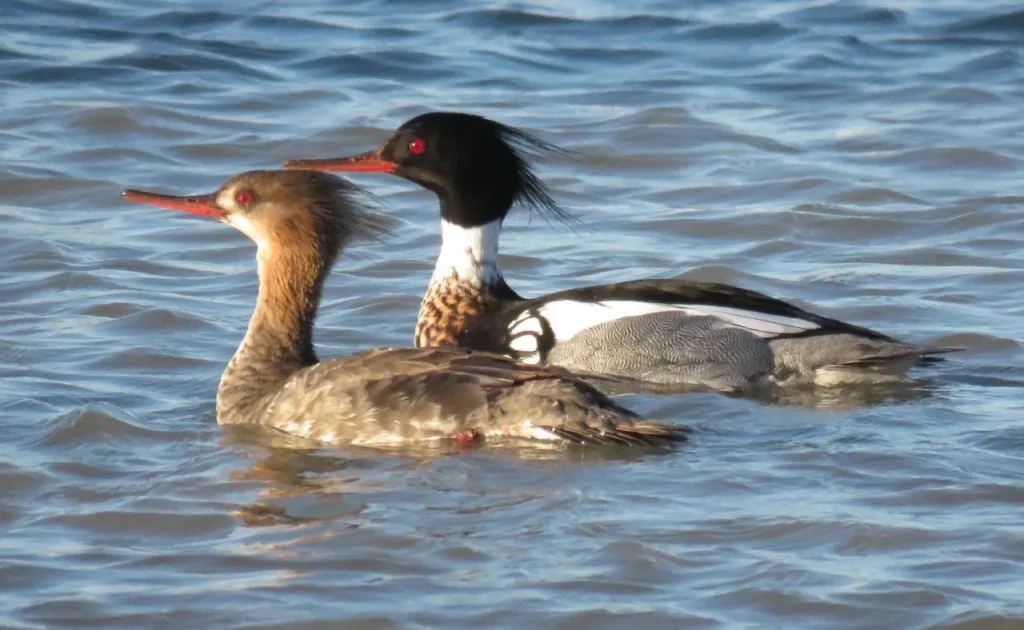
In this article, we will delve into the fascinating world of the Red-breasted Merganser, exploring its physical characteristics, habitat, behavior, and conservation status.
Appearance and Features
One of the most striking features of the Red-breasted Merganser is its vibrant breeding plumage. During the breeding season, the males showcase a beautiful combination of dark green head feathers, a white neck band, and a rich chestnut-colored breast. The females, on the other hand, possess a more subdued appearance with a grayish-brown body and a reddish-brown head. Both genders have thin, serrated bills that are well-suited for catching and holding onto fish.
Habitat and Distribution
Red-breasted Mergansers can be found in various aquatic habitats across the Northern Hemisphere. They are commonly found along coastal areas, lakes, rivers, and estuaries. During the breeding season, they prefer nesting in boreal forest regions near freshwater lakes or slow-flowing rivers. These birds are known for their long-distance migrations, with populations in North America traveling to wintering grounds along the coasts from Alaska to Mexico, while European populations migrate to southern Europe and North Africa.
Behavior and Diet
Renowned for their exceptional diving skills, Red-breasted Mergansers are adept at navigating through water in search of prey. They dive underwater and use their keen eyesight to spot and chase fish, crustaceans, and aquatic invertebrates. The serrated edges of their bills aid in grasping slippery prey, while their streamlined bodies and powerful webbed feet propel them through the water with remarkable agility.
During the breeding season, males engage in elaborate courtship displays to attract females. These displays involve vigorous head shaking, raising of crests, and diving displays. Once a pair bond is formed, the female constructs a nest near water, hidden within dense vegetation. The female lays a clutch of 6-9 eggs, which she incubates for around a month. After hatching, the ducklings are capable of swimming and diving shortly thereafter, accompanied and protected by the female.
The Red-breasted Merganser is a remarkable waterbird with its vibrant plumage, excellent diving skills, and adaptability to various aquatic environments. As nature’s expert diver, it serves as an indicator of the health of our waterways. Conservation efforts to preserve their habitats and protect their food sources are essential to safeguard the future of this enchanting species. By appreciating and understanding the Red-breasted Merganser, we can foster a greater sense of stewardship for the delicate ecosystems they call home.
